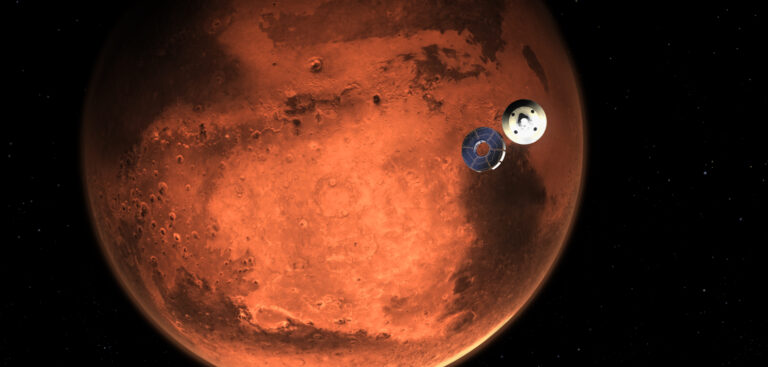NASA has released details of the first weather report from the Mars Environmental Dynamics Analyzer (MEDA) system aboard NASA’s Perseverance rover on Mars. NASA engineers will use weather data from MEDA to inform their future plans.
MEDA first powered on for 30 minutes on February 19, approximately one day after the rover touched down on Mars. Around 8:25pm PST that same day, engineers received initial data from MEDA.
Engineers have now pieced together the first weather report from the Jezero Crater on Mars. Data shows it was just below -4°F (-20°C) on the surface when the system started recording, and that temperature dropped to -14°F (-25.6°C) within 30 minutes.
Meanwhile, MEDA’s radiation and dust sensor showed Jezero was experiencing a cleaner atmosphere than Gale Crater around the same time, roughly 2,300 miles (3,700km) away, according to reports from the Rover Environmental Monitoring Station (REMS) aboard the Curiosity rover stationed inside Gale. And MEDA’s pressure sensors told engineers the pressure on Mars was 718 Pascals, well within the 705-735 Pascal range predicted by their models for that time on Mars.
MEDA contains a suite of environmental sensors to record dust levels and six atmospheric conditions – wind (both speed and direction), pressure, relative humidity, air temperature, ground temperature, and radiation (from both the Sun and space). The system wakes itself up every hour, and after recording and storing data, it goes to sleep independently of rover operations. The system records data whether the rover is awake or not, both day and night.
Over the next year, MEDA will provide valuable information on temperature cycles, heat fluxes, dust cycles, and how dust particles interact with light, ultimately affecting both the temperature and weather. Just as important will be MEDA’s readings of solar radiation intensity, cloud formations, and local winds that might inform the design of the planned Mars Sample Return mission. Additionally, the measurements will help engineers better understand how to prepare humans and habitats to deal with the conditions on Mars.
“We’re very excited to see MEDA working well,” said Manuel de la Torre Juárez, deputy principal investigator for MEDA at NASA’s Jet Propulsion Laboratory in Southern California. “MEDA’s reports will provide a better picture of the environment near the surface. Data from MEDA and other instrument experiments will reveal more pieces of the puzzles on Mars and help prepare for human exploration. We hope that its data will help make our designs stronger and our missions safer.”



